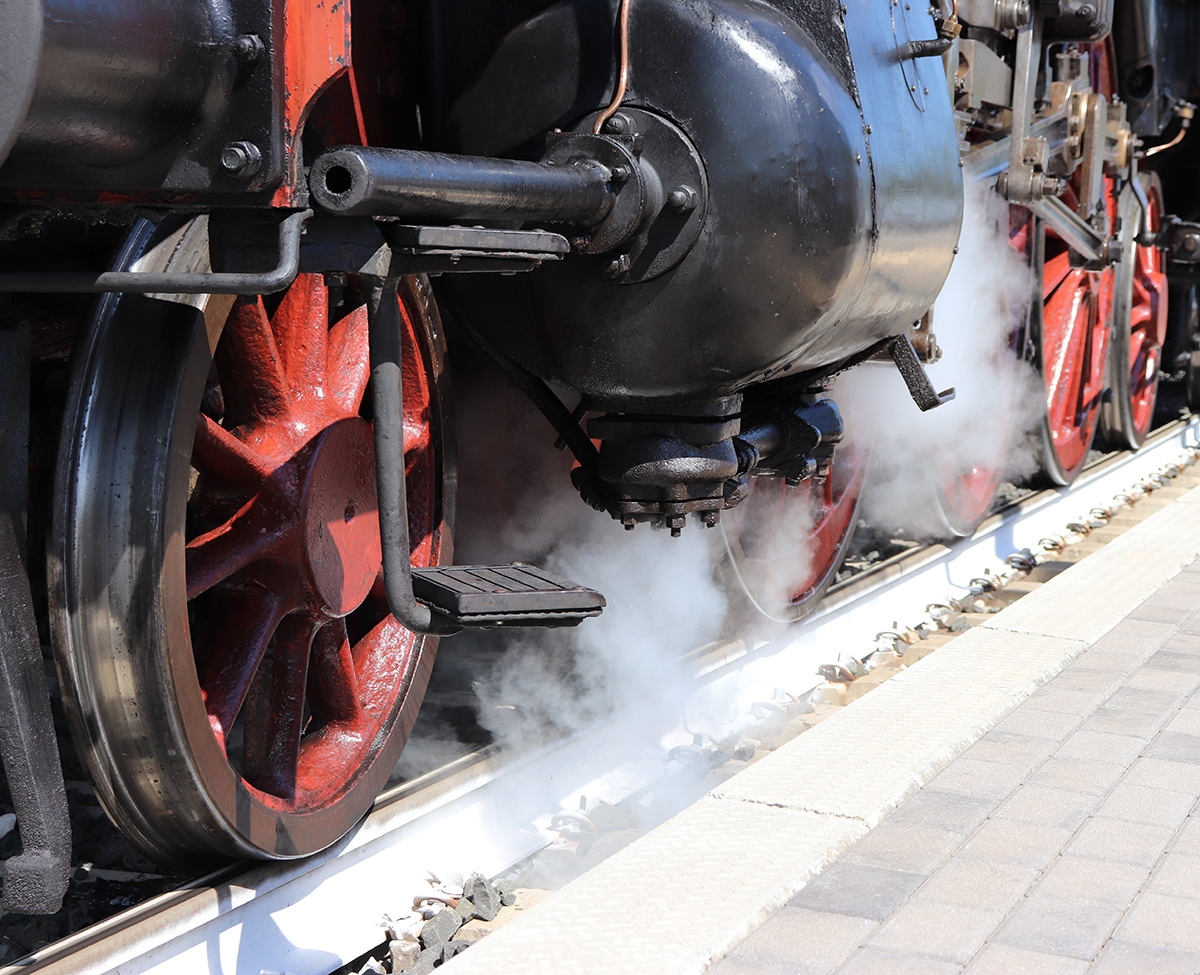What is tribology?
The science of friction: this is the definition of tribology. Tribology is a focal point shared by several disciplines and an important field of study for industrial production. Far from trivial, friction is a particularly complex phenomenon. Christine Boher, a tribologist at IMT Mines Albi[1], introduces us to this subject.
What does tribology study?
Christine Boher: The purpose of tribology is to understand what happens at the contact surface of two materials when they rub, or are in “relative movement” as we call it. Everyone is aware of the notion of friction: rubbing your hands together to warm up is friction, playing the guitar, skiing, braking, oiling machines, all involve friction. Friction induces forces that oppose the movement, resulting in damage. We are trying to understand these forces by studying how they manifest themselves, and the consequences they have on the behavior of materials. Tribology is therefore the science of friction, wear and lubrication. The phenomenon of wear and tear may seem terribly banal, but when you look more closely, you realize how complex it is!
What scientific expertise is used in this discipline?
CB: It is a “multiscience”, because it involves many disciplines. A tribologist can be a researcher specializing in solid mechanics, fluid mechanics, materials, vibratory behavior, etc. Tribology is the conjunction of all these disciplinary fields, and this is what makes it so complex. Personally, I specialize in material sciences.
Why is friction so interesting?
CB: You first need to understand the role of friction in contact. Although it sounds intuitive, when two materials rub together, many phenomena occur: the surface temperature increases, the mechanical behavior of both parts is changed, particles are created due to wear, which have an impact on the load and sliding speed. As a result, material properties arise which would not have happened without friction. Tribology focuses on both the macrometric and micrometric aspects of the surfaces of materials in contact.
How is the behavior of a material changed by friction?
CB: Take for example the wear particles generated during friction. As they are generated, they can decrease the frictional resistance between the two bodies. They then act as a solid lubricant, and in most cases they have a rather useful, desirable effect. However, these particles can damage the materials if they are too hard. If this is the case, they will accelerate the wear. Tribologists therefore try to model how, during friction, these particles are generated and under what conditions they are produced in optimal quantities.
Another illustration is the temperature increase of parts. In some cases of high-speed friction, the temperature of the materials can rise from 20°C to 700°C in just a few minutes. The mechanical properties of the material are then completely different.
Could you illustrate an application of tribology?
CB: Take the example of a rolling mill, a large tool designed to produce sheet metal by successive reductions in thickness. There is a saying in the discipline: “no friction, no lamination”. If problems arise during friction, that is, if there are problems of contact between the surface of the sheets and those of the cylinders, the sheets will be damaged. For the automotive industry, this means body sheets are damaged during the production phase, compromising surface integrity. To avoid this, we are working in collaboration with the relevant industrialists either on new metallurgical alloys or on new coatings to be put on the rollers. The purpose of the coating is to protect the material from wear and to slow down the damage of the working surfaces as much as possible.
Who are the main beneficiaries of tribology research?
CB: We work with manufacturers in the shaping industry, such as ArcelorMittal, or Aubert & Duval. We also have partnerships with companies in the aeronautics sector, such as Ratier Figeac. Generally, we are called in by major groups or subcontractors of major industrial groups because they are interested in increasing their speeds, and this is where friction-related performance becomes important.
[1] Christine Boher is a researcher at the Institut Clément Ader, a joint research unit
of IMT Mines Albi/CNRS/INSA Toulouse/ISAE Supaero/University Toulouse III Paul Sabatier/Federal University Toulouse Midi-Pyrénées.





Leave a Reply
Want to join the discussion?Feel free to contribute!